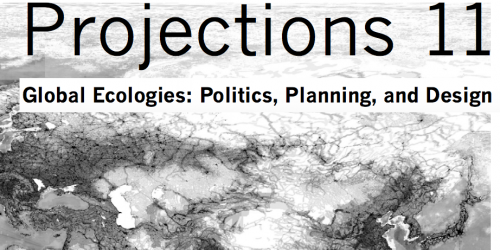
Landscape and urban designers are increasingly drawing on ecological understanding to inform the sustainability and resilience aspects of their projects. The design practitioners working on these projects rely on environ- mental consultants, professional ecologists, as well as urban ecology as the points of references for these purposes. However, they are confronting gaps in the understanding of urban ecosystems and of what constitutes a sustainable or resilient urban landscape. Research to fill those gaps is limited and can be out of sync with the timeframe of design projects. As a result, what is incorporated as the sustainability aspects of design projects are not necessarily supported by relevant scientific evidence. Given that ecologists have limited functions as consultants in design projects, designers often at- tempt to translate ecological concepts into design strategies on their own, raising the added question of the capacity of the designer to translate the science into practice. Notwithstanding these issues, the demand for the integration of ecology into design is an opportunity for designers and ecologists to collaborate. On the one hand, ecologists seek to understand and study urban ecosystems quantitatively and qualitatively. On the other hand, de- signers seek a more rigorous approach to building and monitoring sustain- able and resilient urban ecosystems. Fostering this integration can deepen our understanding of what is “sustainable” and “resilient;” and brings this understanding to bear on urban design. Designed experiments provide one approach to situate urban ecological research as designed urban spaces and installations through the design process. Building on the concept of designed experiments and a review of precedents, this paper explores ways of deepening the relationship and integration of ecology and design with the goal of informing future collaboration.